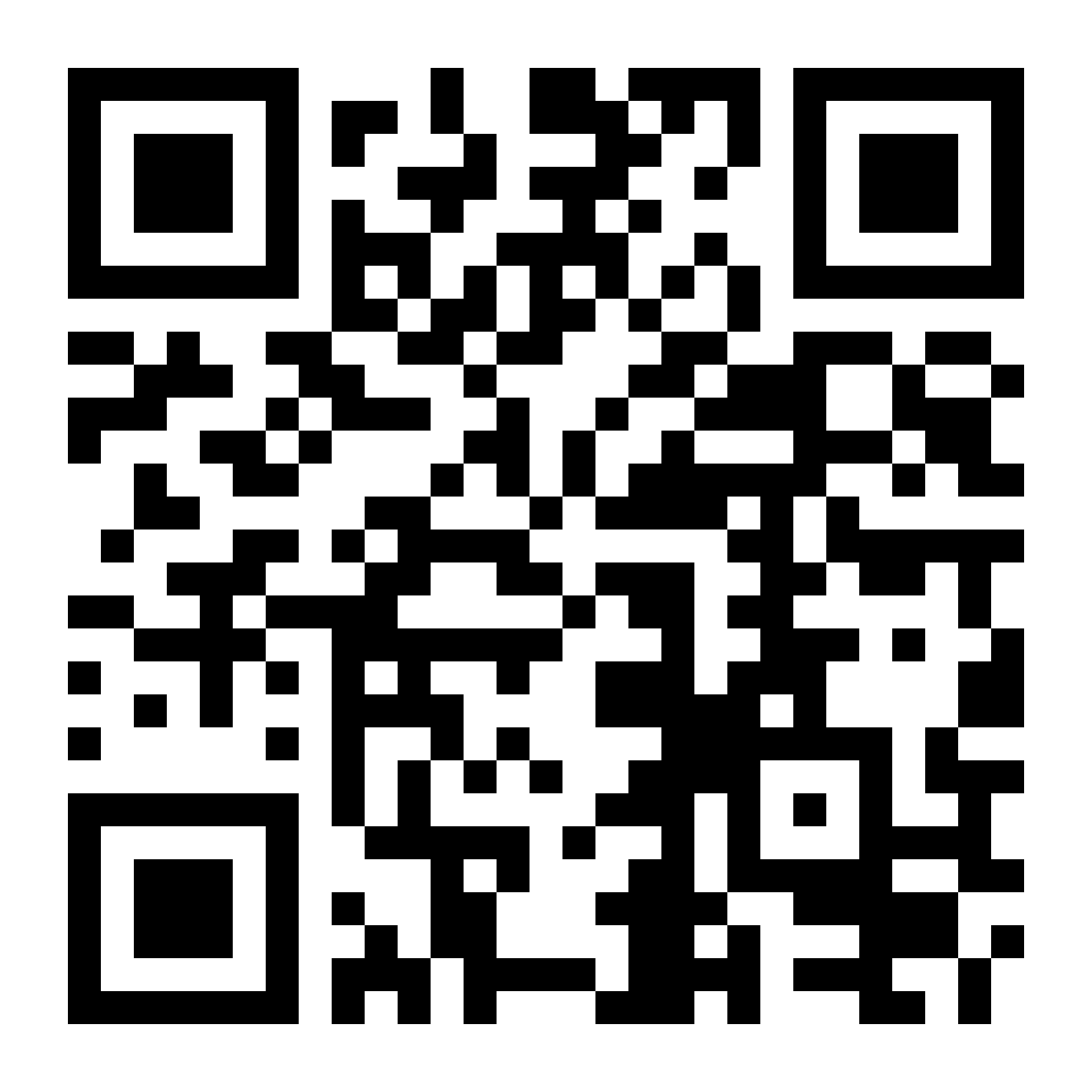Indirect tax is a type of tax applied to the purchase of goods and services, rather than directly on a person’s income. In this system, the buyer pays the tax along with the product or service price, while the seller collects and deposits it with the government. This means the one paying the tax to the government and the one ultimately bearing the cost are two different people.
Example of indirect tax
Let’s assume the indirect tax rate is 10%:
Particulars
|
Mr. X (Manufacturer)
|
Mr. Y (Retailer)
|
Selling Price
|
Rs. 1,000
|
Rs. 1,100
|
Tax @ 10%
|
Rs. 100
|
Rs. 110
|
Selling Price with Tax
|
Rs. 1,100
|
Rs. 1,210
|
Taxes Paid on Purchase
|
Rs. 0
|
Rs. 100
|
Total Tax to be Paid to Govt.
|
Rs. 100
|
Rs. 10
|
- Step 1: Mr. X sells goods to Mr. Y for Rs. 1,000 + Rs. 100 tax = Rs. 1,100. Since Mr. X hasn’t paid any tax earlier, he deposits the entire Rs. 100 with the government.
Step 2: Mr. Y sells the same goods to the final customer for Rs. 1,100 + Rs. 110 tax = Rs. 1,210. But because he already paid Rs. 100 tax to Mr. X, he only needs to deposit the balance Rs. 10 with the government.
How indirect tax works
Indirect taxes are different from direct taxes because the person or business legally responsible for paying the tax is not the one who ultimately bears its cost. Instead, the tax burden is shifted to the end consumer.
For instance, a manufacturer may pay excise duty on products like fuel, liquor, or cigarettes, but this cost is added to the product price and passed on to the buyer.
In contrast, direct taxes are paid by the individual who earns the income. For example, income tax is paid directly by the earner, while charges like admission fees to a national park are also considered direct taxes.






















